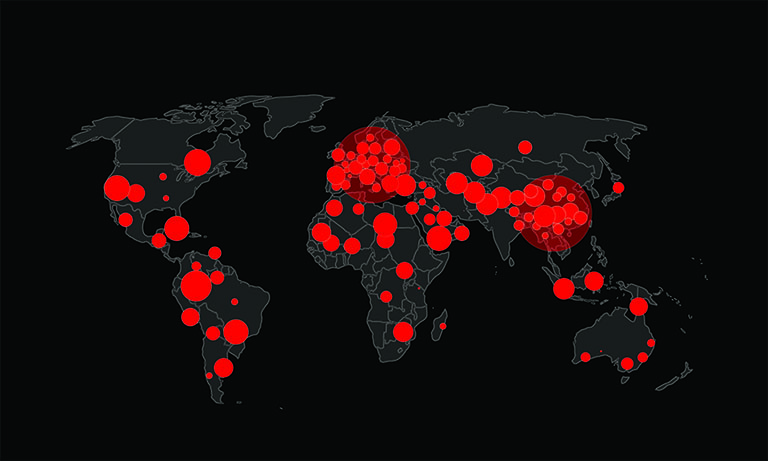Atuct Application Malicious File Detection

The designated name "Atuct Application" is a general handle for potentially any executable file found on a Windows computer, and it may either be a legitimate file associated with the applications installed, or it could potentially be malicious software posing as a genuine file. If uncertainty arises about the malicious nature of the Atuct Application or if it's a false positive detection, individuals can opt to submit the affected file for a comprehensive scan.
The Atuct Application file may be a component of a Trojan virus designed to carry out various harmful actions on a compromised computer. These actions encompass activities such as stealing sensitive data, installing additional malware, and enabling unauthorized access and control by attackers.
The Atuct Application file, when associated with Trojans, functions as a tool for executing diverse malicious activities, including downloading additional malware on the compromised system, exploiting your computer for crypto mining, transmitting information about your PC, including usernames and browsing history, granting remote access to malicious actors, to name a few.
Atuct Application malware is commonly disseminated through malicious advertisements, infected attachments in spam emails, and by exploiting vulnerabilities in the computer's operating system and installed software. Additionally, the malicious software may be propagated using fake cracks for paid software.
What Are Heuristic Detections and False Positives in Malware Scans?
Heuristic detections and false positives are terms associated with malware scans, particularly in the context of antivirus and anti-malware software. Let's break down each term:
Heuristic Detections:
Definition: Heuristic analysis involves using rules, algorithms, and various techniques to identify new, previously unknown malware or suspicious behavior based on patterns and characteristics commonly associated with malicious software.
Purpose: Since traditional signature-based detection methods rely on known patterns of malware, heuristic analysis is employed to catch threats that may not have known signatures. It allows security software to detect and block potential threats based on their behavior or characteristics, even if specific details about the threat are not previously documented.
Example: If a file exhibits behavior typical of ransomware, such as rapidly encrypting files on a system, a heuristic detection mechanism might flag it as potentially malicious.
False Positives:
Definition: A false positive occurs when security software incorrectly identifies a legitimate file or activity as malicious. In other words, it's a mistake where a harmless item is wrongly categorized as a threat.
Occurrence: False positives can happen for various reasons, including the overzealous application of heuristic rules, misinterpretation of system behavior, or the presence of legitimate software that exhibits behavior similar to malware.
Impact: False positives can be inconvenient for users as they might lead to the blocking or removal of legitimate files or applications. Users may need to spend time investigating and resolving these issues.









